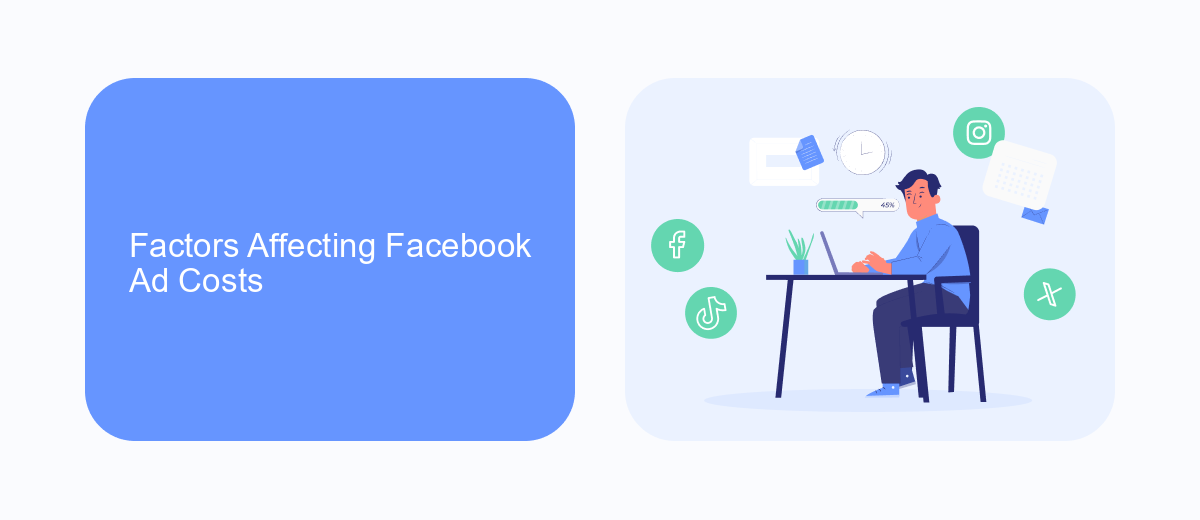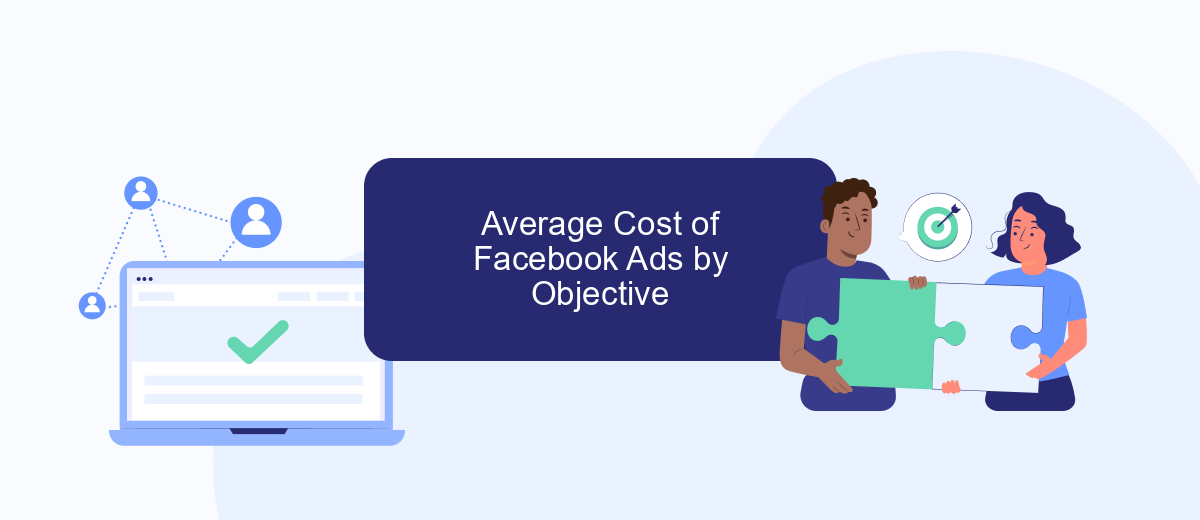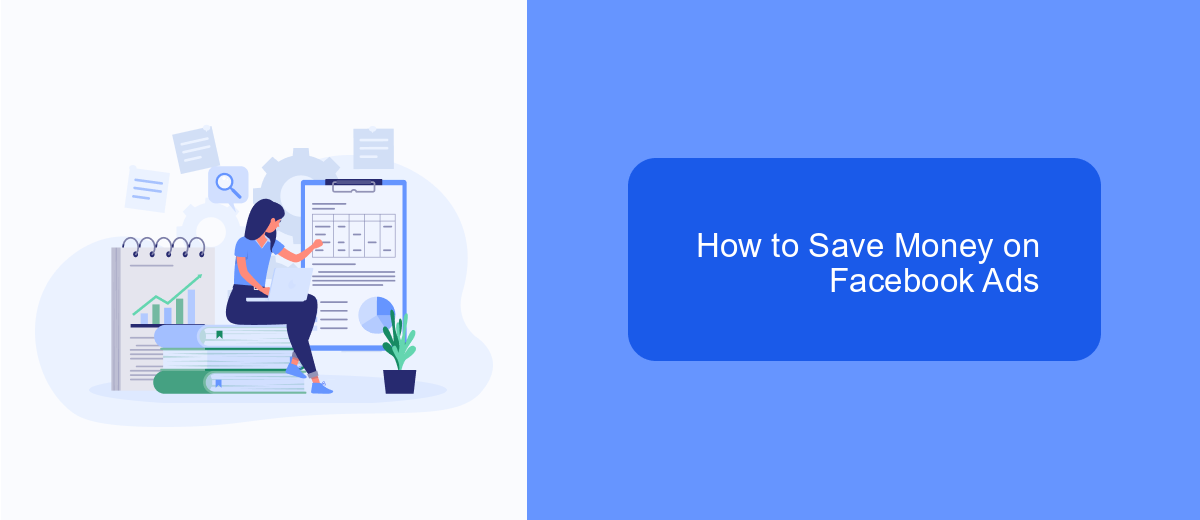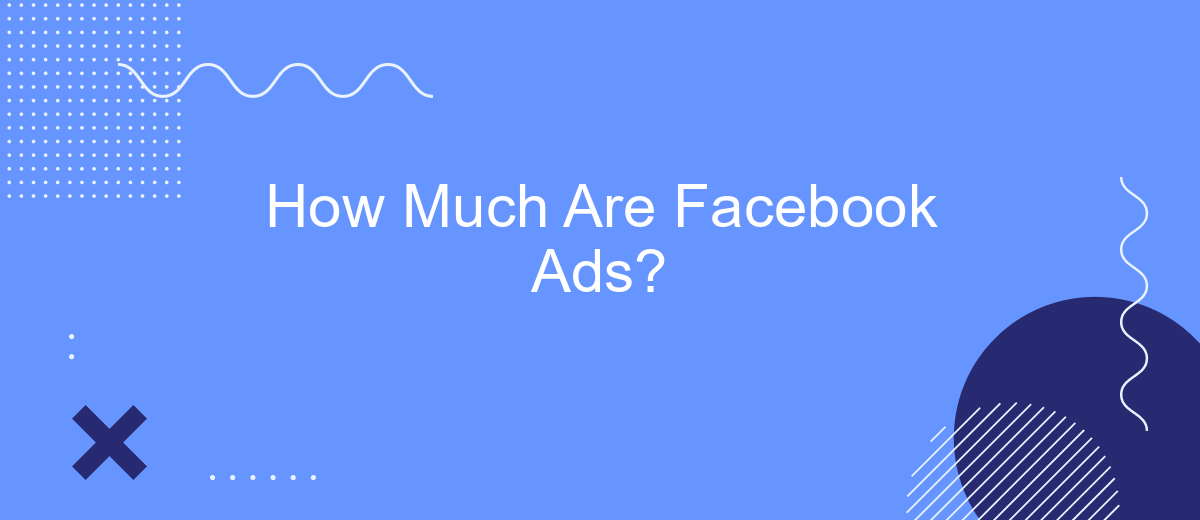Determining the cost of Facebook ads can be complex, as it depends on various factors including your target audience, ad placement, and bidding strategy. In this article, we’ll break down the key elements that influence Facebook ad pricing, helping you understand what to expect and how to optimize your budget for maximum return on investment.
Facebook Ad Pricing Model
Facebook ad pricing is influenced by various factors, including targeting options, ad placement, and competition. Understanding these factors can help you optimize your ad spend and achieve better results.
- Ad Objective: Different objectives, such as brand awareness, lead generation, or conversions, can affect the cost.
- Audience Targeting: Narrower audiences might cost more due to higher competition, while broader audiences can be more cost-effective.
- Ad Placement: Costs can vary depending on where your ad is shown, such as in the news feed, stories, or right-hand column.
- Bid Strategy: Choosing between options like cost per click (CPC) or cost per thousand impressions (CPM) can impact your ad costs.
- Seasonality: Advertiser demand fluctuates throughout the year, affecting ad prices during peak times like holidays.
To maximize your Facebook ad efficiency, consider using services like SaveMyLeads. This platform automates lead integration, ensuring you capture and manage leads effectively, which can ultimately help reduce your ad costs by improving conversion rates.
Factors Affecting Facebook Ad Costs

Several factors influence the cost of Facebook ads, including audience targeting, ad placement, and competition. When you define your target audience based on demographics, interests, and behaviors, it can affect the cost-per-click (CPC) or cost-per-impression (CPM). More specific targeting often results in higher costs due to the increased competition for that particular audience segment. Additionally, the placement of your ads—whether in the news feed, stories, or right column—can also impact the cost. Ads in the news feed generally cost more due to their higher visibility and engagement rates.
Another crucial factor is the level of competition in your industry. Highly competitive industries tend to have higher ad costs because multiple advertisers are vying for the same audience. Moreover, the quality and relevance of your ad content play a significant role. Facebook's ad algorithm rewards ads that are engaging and relevant to users, often resulting in lower costs for higher quality ads. Utilizing services like SaveMyLeads can help you streamline your ad campaigns by integrating various marketing tools, ensuring you get the most out of your advertising budget.
Average Cost of Facebook Ads by Objective

Understanding the average cost of Facebook ads by objective can help you optimize your advertising budget effectively. Different objectives can yield varying costs, and knowing these differences can guide your strategy.
- Brand Awareness: Typically, the cost per thousand impressions (CPM) for brand awareness campaigns ranges from to .
- Lead Generation: Lead generation ads often have a cost per lead (CPL) between and , depending on the industry and target audience.
- Conversions: For conversion-focused campaigns, the cost per action (CPA) can vary widely, usually falling between and .
- App Installs: The cost per install (CPI) for app install campaigns generally ranges from to .
- Video Views: Video view campaigns often have a cost per view (CPV) of around #sml_subkey-2-section-html#.01 to #sml_subkey-2-section-html#.03.
To maximize the effectiveness of your Facebook ads, consider using integration tools like SaveMyLeads. This service automates the transfer of leads from Facebook to your CRM, ensuring that no potential customer is missed and helping you streamline your marketing efforts.
How to Save Money on Facebook Ads

Facebook Ads can be a powerful tool for reaching your target audience, but costs can add up quickly if you're not careful. To maximize your budget, it's essential to implement strategies that help you save money while still achieving your marketing goals.
One effective way to save on Facebook Ads is to closely monitor and optimize your campaigns. Regularly review your ad performance and make adjustments to improve results. This involves tweaking your targeting options, ad creatives, and bidding strategies to ensure you're getting the most out of every dollar spent.
- Use A/B testing to compare different ad variations and identify the most effective ones.
- Set a daily or lifetime budget to prevent overspending.
- Utilize Facebook's Audience Insights to better understand your target audience and tailor your ads accordingly.
- Leverage tools like SaveMyLeads to automate and optimize your ad campaigns, reducing manual effort and increasing efficiency.
Additionally, consider retargeting users who have already shown interest in your products or services. This can lead to higher conversion rates and a better return on investment. By implementing these strategies, you can make your Facebook Ads more cost-effective and achieve better results without breaking the bank.
Facebook Ads Pricing Calculator
Determining the cost of Facebook Ads can be complex, but a Facebook Ads pricing calculator can simplify the process. These calculators take into account various factors such as your target audience, ad placement, and bidding strategy to provide an estimated budget. By inputting details like your industry, campaign goals, and geographic location, you can get a clearer idea of how much you need to spend to achieve your desired results. This tool can be especially useful for businesses of all sizes looking to optimize their ad spend.
For those looking to streamline their ad management, integrating a service like SaveMyLeads can be a game-changer. SaveMyLeads automates the process of capturing and organizing leads from your Facebook Ads campaigns, ensuring that no potential customer slips through the cracks. By connecting your Facebook Ads account with SaveMyLeads, you can easily track performance metrics and make data-driven decisions to enhance your ad strategy. This integration not only saves time but also maximizes the efficiency of your advertising efforts.
- Automate the work with leads from the Facebook advertising account
- Empower with integrations and instant transfer of leads
- Don't spend money on developers or integrators
- Save time by automating routine tasks
FAQ
How much do Facebook Ads cost?
What factors influence the cost of Facebook Ads?
How can I reduce the cost of my Facebook Ads?
Is there a minimum budget required for Facebook Ads?
Can I automate and integrate my Facebook Ads with other tools?
SaveMyLeads is a simple and effective service that will help you automate routine tasks and optimize business processes. Stop wasting time uploading leads from Facebook manually – you can do it automatically, saving a lot of time and money. Eliminate routine from workflows and achieve more with minimal investment of money, effort and human resources.

